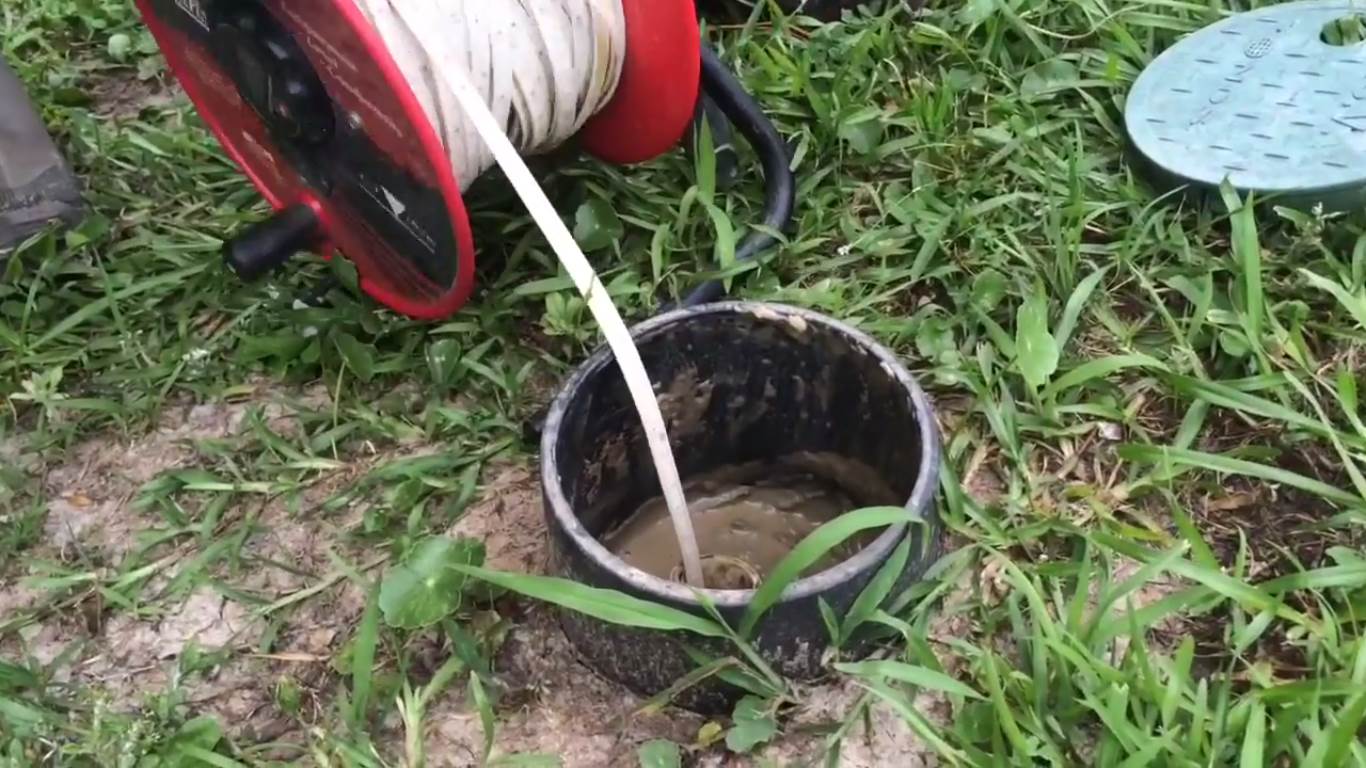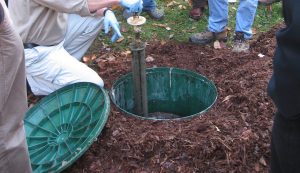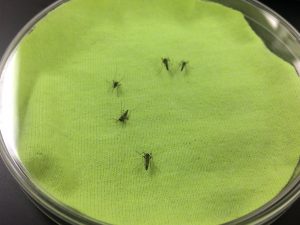Humphrey CP, Jernigan J*, Iverson G, Serozi B**, O’Driscoll M, Pradhan S and Bean E (August 2016). Field Evaluation of Nitrogen Treatment by Conventional and Single-Pass Sand Filter Onsite Wastewater Systems in the North Carolina Piedmont. Water, Air & Soil Pollution 227: 255.
Abstract
Excess nitrogen loading has contributed to the impairment of major watersheds across North Carolina. Onsite wastewater systems (OWS) are a potential source of nitrogen to water resources, but more research is needed to determine their actual contributions, especially in the Piedmont region of the state. The objective of this study was to determine the total dissolved nitrogen (TDN) treatment efficiency of four OWS in clayey soils of the North Carolina Piedmont. Two OWS were conventional style, and two were single-pass sand filters. The four volunteered sites with OWS were instrumented with piezometers (27 total) for groundwater collection and analyses. Piezometers were installed within 1.5 m of each OWS and downgradient from the conventional OWS. Septic tank effluent, groundwater from the piezometers, sand filter effluent, and adjacent surface waters were sampled bimonthly (five times) during 2015. Samples were analyzed for TDN, NO3 −-N, NH4 +-N, chloride, dissolved organic carbon, and physical and chemical parameters on each sampling event. Groundwater samples collected 35 m downgradient from the two conventional OWSs had TDN concentrations and masses, on average, of 98 and 70 %, respectively, lower than septic tank effluent. Isotopic analysis of the natural abundance of δ15N and δ18O in NO3 − in groundwater collected at the conventional OWS sites suggests that denitrification was a mass removal mechanism. The sand filter OWS reduced TDN concentrations by an average of 80 % and mass loading by 50 % prior to discharge to surface waters. Nitrogen management regulations in nutrient-sensitive watersheds should consider the contributions from OWS, especially direct discharge systems like sand filters. Improvements in the TDN treatment efficiency of direct discharge OWS would result in immediate surface water quality improvements.
*Jordan Jernigan is a 2016 graduate of our MS Environmental Health program.
**Brent Serozi is currently a MS Environmental Health student in the ECU EHS Program.




